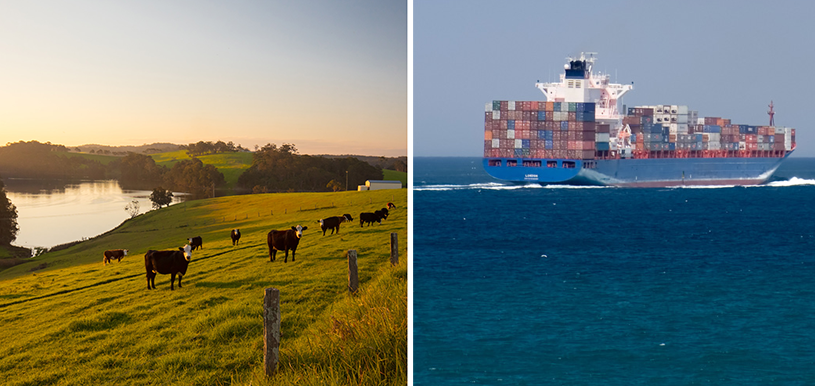
Australia is indeed lucky: a ‘lifestyle superpower’ with competitive industries, vibrant communities, and unique landscapes and environmental assets. But unearned advantage risks complacency, and each generation needs to create the luck – and advantages – it will pass on to the next generation. Will Australia choose to surf or sink?
[expand all]
Position and momentum are crucial to surfing waves of change
Australia responded to the warning signs and poor economic performance of the 1960s and ’70s by implementing a range of market-based reforms, updating previous policies to deal with new realities. These changes, while challenging for many, have contributed to more resilient and profitable agricultural enterprises and industries (Grey et al. 2014, Greenville 2020). Maintaining and improving competitiveness involves tough choices, but the alternative is worse.
Australian agriculture and regional communities are well positioned to build on their strengths.
Our agricultural producers are export oriented and internationally competitive, managing high levels of price and climate variability with very low levels of government assistance. Policy settings provide valuable support for households and communities in need, when required, while avoiding assistance to businesses, which can undermine efficiency and adaptation.
Business, government, and communities all have crucial roles
While business is the primary engine of improved productivity, policy has an important enabling role in supporting innovation and change – rather than protecting the past.
Policy settings can never be ‘set and forget’, and require constant attention to ensure they provide the best possible support for agricultural industries and rural communities. It is crucial to ensure industry is getting the best possible outcomes from investments in research and development, including through reducing fragmentation and enabling investment in prospective cross-cutting technologies. Australian citizens have high expectations of government, and a healthy regard for responsible budget management. Federal and state governments have excellent credit ratings and are well positioned to finance infrastructure investments where they are in the national interest. Australia can afford better public services, or lower taxes, but achieving both at the same time may be difficult.
Determining the best way forward takes effort. It is important to encourage open minded discussion and constructive debate of options and opportunities for reform, drawing on relevant evidence and expertise.
Prediction is difficult, especially the future
The future is uncertain. But we know we cannot take prosperity for granted.
Australian industry, government, and communities need to work together to understand the risks and opportunities they face, and together create the future they want. We hope this summary of megatrends shaping Australian agriculture and regional communities supports this process.

